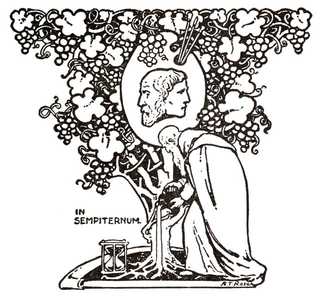The Project Gutenberg EBook of Bastien Lepage, by Fr. Crastre
This eBook is for the use of anyone anywhere at no cost and with
almost no restrictions whatsoever. You may copy it, give it away or
re-use it under the terms of the Project Gutenberg License included
with this eBook or online at www.gutenberg.org
Title: Bastien Lepage
Author: Fr. Crastre
Translator: Frederic Taber Cooper
Release Date: June 26, 2011 [EBook #36533]
Language: English
*** START OF THIS PROJECT GUTENBERG EBOOK BASTIEN LEPAGE ***
Produced by Juliet Sutherland, Hunter Monroe and the Online
Distributed Proofreading Team at http://www.pgdp.net (This
file was produced from images generously made available
by The Internet Archive)
MASTERPIECES
IN COLOUR
EDITED BY
M. HENRY ROUJON
BASTIEN-LEPAGE
(1848-1884)
IN THE SAME SERIES
| REYNOLDS | CHARDIN |
| VELASQUEZ | MILLET |
| GREUZE | RAEBURN |
| TURNER | SARGENT |
| BOTTICELLI | CONSTABLE |
| ROMNEY | MEMLING |
| REMBRANDT | FRAGONARD |
| BELLINI | DRER |
| FRA ANGELICO | LAWRENCE |
| ROSSETTI | HOGARTH |
| RAPHAEL | WATTEAU |
| LEIGHTON | MURILLO |
| HOLMAN HUNT | WATTS |
| TITIAN | INGRES |
| MILLAIS | COROT |
| LUINI | DELACROIX |
| FRANZ HALS | FRA LIPPO LIPPI |
| CARLO DOLCI | PUVIS DE CHAVANNES |
| GAINSBOROUGH | MEISSONIER |
| TINTORETTO | GRME |
| VAN DYCK | VERONESE |
| DA VINCI | VAN EYCK |
| WHISTLER | FROMENTIN |
| RUBENS | MANTEGNA |
| BOUCHER | PERUGINO |
| HOLBEIN | ROSA BONHEUR |
| BURNE-JONES | BASTIEN-LEPAGE |
| LE BRUN | GOYA |

PLATE I.THE SONG OF SPRINGTIME
(Museum at Verdun)
This is one of the artist's earliest works. A certain embarrassment may be noted in the manner in which the Cupids are treated; even at this period, it is easy to see that allegory is not suited to the precise and realistic talent of this painter; yet the young girl is designed with a vigour which already foreshadows the masterly art of Hay-making.
Bastien Lepage
BY FR. CRASTRE
TRANSLATED FROM THE FRENCH
BY FREDERIC TABER COOPER
ILLUSTRATED WITH EIGHT
REPRODUCTIONS IN COLOUR
FREDERICK A. STOKES COMPANY NEW YORKPUBLISHERS
COPYRIGHT, 1914, BY
FREDERICK A. STOKES COMPANY
March, 1914
THEPLIMPTONPRESS
NORWOODMASSUSA
LIST OF ILLUSTRATIONS |
| Plate | Page |
| I. | Museum at Verdun | Frontispiece |
| II. | Museum of the Louvre | 14 |
| III. | Collection of . Bastien-Lepage | 24 |
| IV. | Museum of the Luxembourg | 34 |
| V. | Museum of the Luxembourg | 40 |
| VI. | Museum at Verdun | 50 |
| VII. | Collection of . Bastien-Lepage | 60 |
| VIII. | Museum at Verdun | 70 |
There are certain beings who bear the stamp of the divine seal and are preordained to receive the highest favours within the gift of glory; they are fated to pass through life like those brilliant meteors which are seen to flash across the heavens and disappear in the same instant. Bastien-Lepage was one of these meteors. But while the others leave behind them only a luminous trail that swiftly vanishes, this rare artist, snatched so prematurely from the field of art, traced his passage in a furrow of dazzling splendour, the radiance of which has not even yet begun to fade.
Bastien-Lepage was a painter in the noblest acceptation of the term; it may even be asserted that he would have exercised considerable influence upon the art of his epoch if Destiny had not stupidly mown down the sturdy flower of his genius in the very hour of its brightest blossoming. Born into this world with a solid tenacity of purpose which seems to be a special gift of the soil of Lorraine to her sons and daughters, he had a clear-cut and unalterable conception of what painting should be. His mind was receptive only of simple ideas, his eye perceived only visions that were tangible, such as were unobscured by any shadow or any artifice. He was the apostle of clearness, both in conception and in execution. Every time that he tried experimentally to turn aside from his chosen path, he ceased to be himself, he fell below his own standards. What interested him most of all, in the life of this world which he observed so eagerly, as though he had a presentiment of his early end, was nature's most precise and most uncompromising manifestation, both in line and in relief; namely, the peasant and the environment which frames him. Having deliberately chosen such models, Bastien-Lepage could not pretend to be the painter of the Beautiful, nor did he ever become so. He did not even adorn his subjects with that special sort of idealism with which Millet embellished even his most uncouth rustic types, a slightly melancholy idealism obtained by a sombre toning down of colour, which Bastien-Lepage held in horror. His peasants stand out boldly, in the crude glare of flamboyant noontide, under a summer sun that refuses to leave hidden any part of their ugliness or their defects. He painted them as he saw them, with the searching rays striking them full in the face; and his brush was a stranger to any compromise, intolerant of even the slightest betterment, in the course of the literal transference of his model to his canvas. It made no difference how handsome or how homely a given subject might be, Bastien-Lepage would always render him precisely as nature, in a grudging or indulgent mood, had made him,that is to say, truly and sincerely, with a precision that would be almost photographic, if the minuteness of his technique were not ennobled by the high quality of his art. With such gifts, Bastien-Lepage was foreordained to be a marvellous interpreter of rural life, and such he was in the highest degree; in like manner, he could not fail to become a portrait painter of the first order, and it was in this capacity also that he enrolled himself among the most interesting and vigorous artists of our epoch.
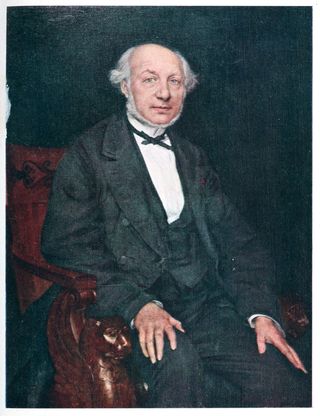



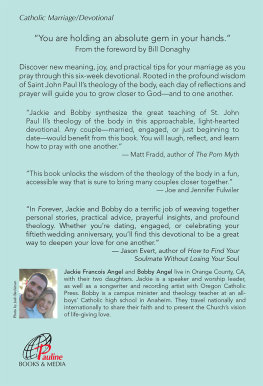
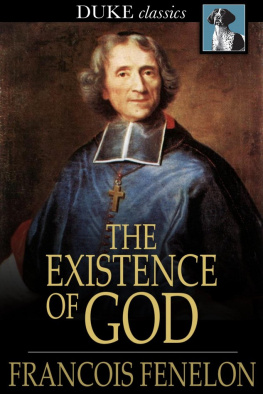
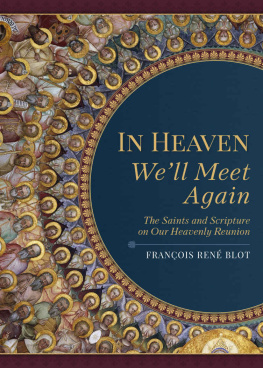
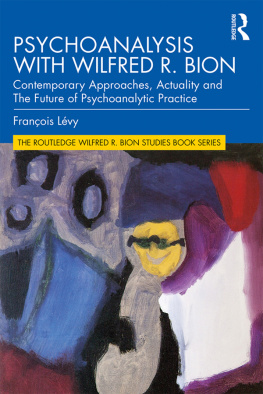
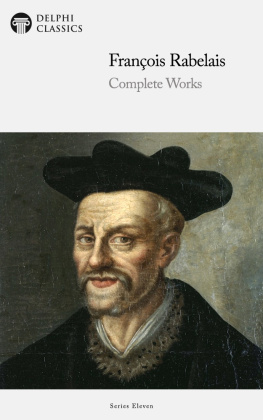
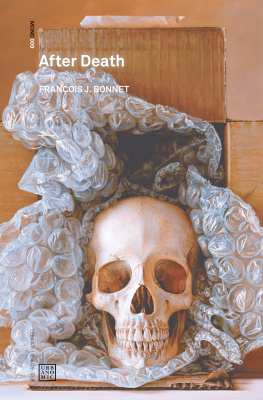

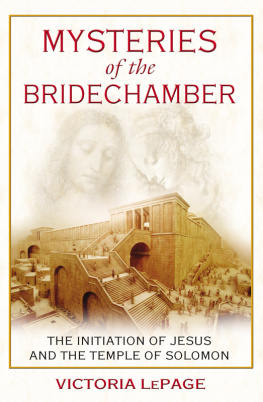
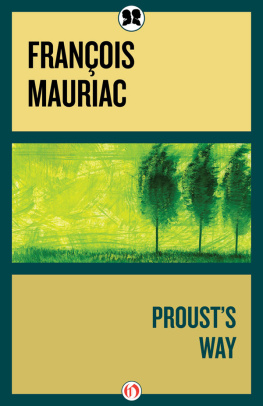


 PLATE I.THE SONG OF SPRINGTIME
PLATE I.THE SONG OF SPRINGTIME